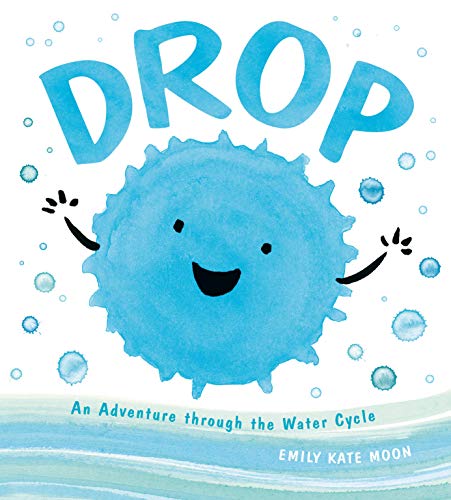Engaging Ways to Teach Science Outside of Your Science Block
What does your science block look like? In my second grade classroom, I have exactly 30 minutes to teach science, every other week. That science block is sandwiched between our math block and packing up to go home. Packing up and cleaning the classroom is something that I have to budget at LEAST 7-8 minutes for (but often more). And, if the math block goes over even a little bit, the science block gets eaten up very quickly.
It’s acknowledged everywhere that K-2 teachers don’t have enough time to teach science deeply. And yet, no one offers to reduce the number of science standards we need to teach. So how do we fit it all in?
Teach Science During Literacy
One of the most effective ways to teach your science standards more deeply is to integrate your science teaching into your literacy block. If you are doing a nonfiction unit, choose read alouds that center around your science standards. This helps your students to continue learning about science topics, even if you’re not in your science block! But, all of this nonfiction studying can get dry. How do we ensure that our students are engaged, so they keep learning? Check out this round-up of some of my favorite ideas!
Science Read Alouds
Not every science-based read aloud is dry. There are a few out there that are so FUN for kids, and they can be the perfect way to kick off a new unit. Once you hook your students on the idea of learning about the topic you’re teaching, they’re willingness to work hard and learn skyrockets! Check out a few of my favorite titles!
Science Stories
Because I can’t always be directly teaching, it has been very helpful for me to incorporate science work into my literacy stations. Science Stories are a great way to get students reading and writing about the skills you learn during science time even after your science block is over! I wrote these Science Stories out of a desperation for more time to reinforce what I was teaching in my too-short block. I wanted my students to keep applying what they had learned so I didn’t have to spend so much time re-teaching each day.
These science stories are sets of narrative nonfiction stories about topics I teach in 2nd grade. They teach all of the facts of a specific scientific topic, but they tell them through the eyes of a character. There are questions all about the science skill to go with them, and they are so fun!
Creative Writing
One of my favorite ways to get students excited about science is to create a fun writing and drawing task for them! This is a great way to really deepen student understanding about what they are learning. I just make these up on my own and give them to students as an assessment task at the end of a unit. If they don’t finish in that one block, they are easy to carry over to the next day and complete during literacy stations. Some of my favorite creative writing prompts for science are:
Imagine you are a raindrop. Create a comic strip all about your journey through the water cycle. Write sentences for each box of your comic strip and draw pictures.
Imagine that you go on vacation to a beach. You come back to that same beach 60 years later. Describe how the beach looks at first, then describe how it looks different 60 years later due to erosion.
Write a story about a girl who finds a caterpillar egg on a leaf. She takes the egg home but is surprised by all of the changes his caterpillar goes through. Describe what the girl sees.
A boy and his dad go camping. The boy makes many discoveries about sound and light while he is out in nature. Write a story about some of the things he learns about how sound waves and light work in nature.





